Early Physiotherapy in Bell’s palsy is very important. Physiotherapy for Bell’s palsy helps you to strength the facial muscles and to improve their coordination. Physiotherapist will diagnose the cause of Bell’s palsy and guide you how to protect yourself with more damages.
What is Bell’s palsy?
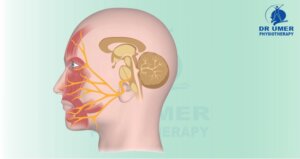
Bell’s palsy is a type of facial muscle weakness or paralysis, generally affects on one side of the face. It happens the damaging or dysfunction of the seventh cranial nerve. The facial nerve has many branches and multiple functions. It controls the muscles of facial expression, including eye blinking and closing. It conveys nerve impulses to tear glands, salivary glands and taste sensations from the anterior two-thirds of the tongue.
There are two facial nerves, one on each side of the face. Generally, only one nerve and one side of the face is affected. It also happens due to inflammation of the facial nerve.
Symptom of Bell’s Palsy
Symptom usually appears in 36 to 48 hours but sometimes it cause sudden weakness and change the mode to facial paralysis to complete paralysis. Other symptoms may include;
- Inability to blink the eyes
- Drooping of the mouth
- Facial pain
- Loss of sensation
- Loss of taste
- Disappearance of naso-labial fold
- Absence of forehead wrinkles
- Inability to speak
Causes of Bell’s Palsy
- High or Low Blood Pressure
- High or low Diabetes
- Stress
- Viral Infection
- Obesity
- Upper Respiratory Infection
Exercises or Physiotherapy for Bell’s palsy
Hold air in mouth; take a lot of air in your mouth then close your mouth and move the air in your mouth to create a big balloon in your left cheek, while keeping your right cheek flat then move the air and make a big balloon in your right cheek keeping the left cheek flat.
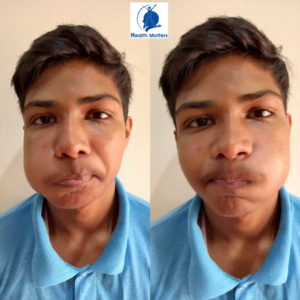
Raising your eyebrows; if you cannot do yourself from the affected side so, you can take the help of your finger and then do the same movement.

Frowning; if you have difficulty in doing this movement from the affected side so, just take the help of your finger and assist the affected side to do the frowning movement.
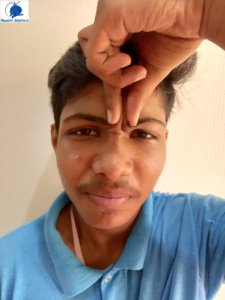
Flaring your nose; block your one nostril with your finger and breathe in and out then do the same thing from other side.
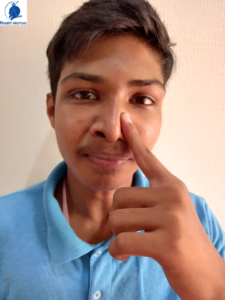
Smiling; if you have difficulty in smiling from the affected side, then assist from the finger.
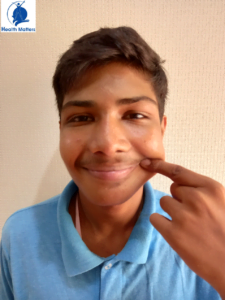
Lower Jaw Movement; move your lower jaw from side to side.

Rotate the tip of the tongue to the cheeks it has to be done in the circular motions to clockwise and then anti-clockwise.

Massage Therapy
Massage therapy is very beneficial in Bell’s palsy. It helps to improve
the blood circulation and increasing the motion in muscles. It also helps
to relieving soreness. Facial massage needs to do on daily basis using firm pressure with the pads of the fingers in small slow circular movement.
You have to do massage both sides of the face and start working at the forehead, moving your hands to cover the whole forehead area. Spend two minutes in massaging the forehead area every day. Move your hands to the temple area and massage here for at least one minute. Then, move to the cheek area and spend at least three minutes to covering the cheek area. Now massage the chin area and then finish by using one hand in the very center of the chin, you should do at least two minutes in the chin area.
Finally, massage the neck on the affected side you need to cover the area between the jaw line and the collarbone. So, firstly do firm circles down from the chin to the collarbone then down the middle of the neck to the collarbone and then down from under the ear to the collarbone, do at least a minute in each area.
Electric-Therapy
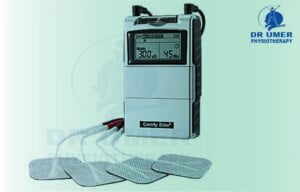
EMS is prescribed to the Bell’s palsy patient to prevent and slow down the rate of muscle atrophy. In EMS, the muscle are stimulated directly from outside through therapeutic currents. When we stimulate the facial muscles through therapeutic currents then these facial muscles do-not get weak, the muscle tone/ firmness remains maintained. EMS also helps in maintaining good blood flow in paralyzed facial muscles.
Precaution
The key is to protect the eye. It is best to use the eye patch or the suitable glasses to protect and minimize the risk of dust and dirt entering the eye.


